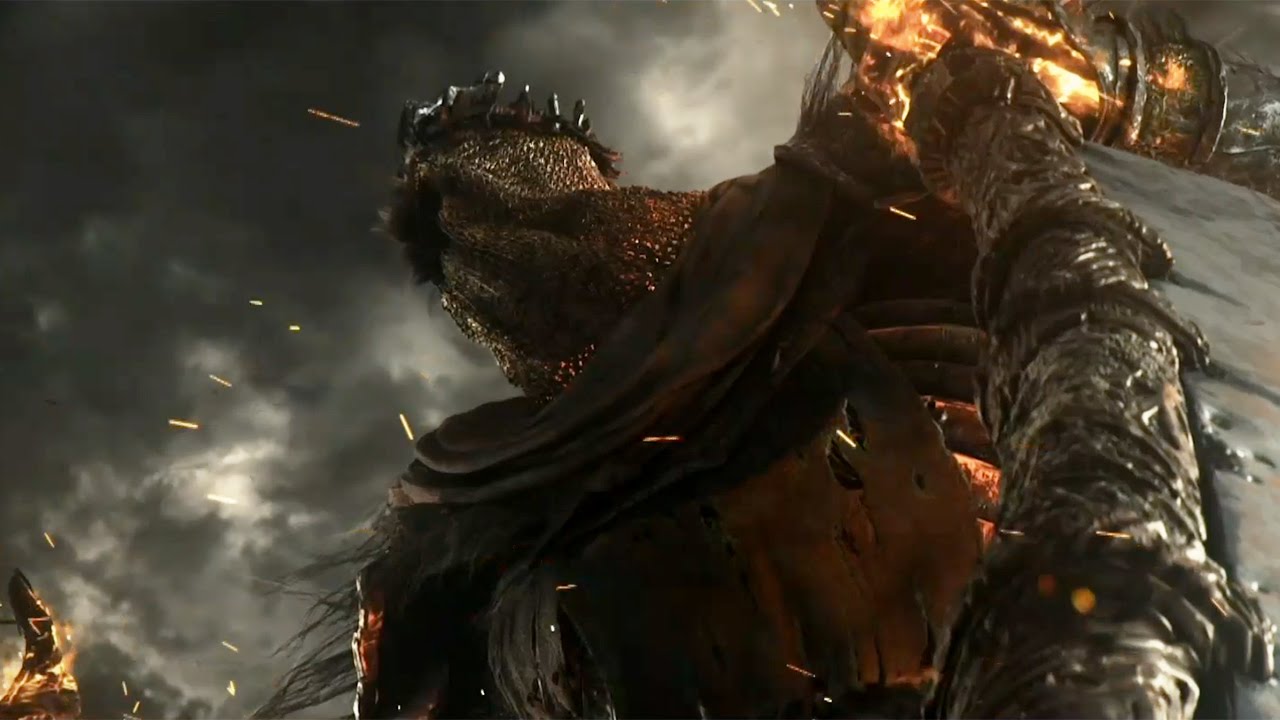
I'm going to assume that it came with a document explaining the most common commands and thus forgive it for making me figure so much out on my own, but even then there are lots of problems. Unfortunately, the game undoes itself with a horrible approach to its parser. There are also (trivial) considerations of food and sleep. You get experience for combat and solving puzzles, and you level up several times during the adventure. Each class has to be careful about over-using skills during combat because they have a limited number of "class points" and need to save as many as possible for puzzles. You either enter the name of a weapon or a special type of action like BACK STAB (for thieves), DEATH BLOW (for warriors), or BURNING HANDS (for wizards). The game brings up your enemy's statistics along with your own and asks what type of attack you want to make.

The game also has a more advanced combat system than most text-based RPGs of the era. The wizard gets across a lava pit in his own way. Of the four attributes (strength, dexterity, wisdom, and charisma), I'm not sure charisma is ever called into play, but it's possible (I think) to create a character so dumb he can't even read, which blocks several parts of the dungeon and may even prevent winning. On studying the code, I don't think that alignment matters at all. Elves and dwarves are alerted to some traps, for instance, and hobbits avoid damage that some other characters take. The character's race matters less often, but it does matter. They have their own set of skills-"Power Leap," "Tower of Will," "Battle Lust," and "Death Blow" (as well as the aforementioned "Smash")-to employ at the right times. But one thing I like is that warriors are not just unnuanced brutes. So where a thief might pick a lock, a wizard will cast "Open Lock" and a warrior will just smash the door. Each class has its own way of navigating through the dungeon and solving puzzles, much like the later Quest for Glory series. Each comes with a set of skills or (in the case of the wizard) spells that will see them through the adventure and must be used judiciously. Of these choices, the class is the most important. During character creation, players choose the character's race (human, elf, dwarf, hobbit), alignment (chaotic, neutral, good, evil), and class (warrior, wizard, and thief). The game is a proper RPG and makes use of its character elements. The fortress is a sprawling place, but with logical clusters of rooms forming living areas, a dungeon, and guard quarters, as well as places where the man-made parts of the fortress transition memorably to caverns and underground hot springs. I was never able to find any documentation for the game (there's a lot of in-game documentation, but it's all about the mechanics), but the goal seems to be to find and defeat the High Lord of the fortress and retrieve his magic amulet. It takes place in an interesting setting: a ruined fortress sitting atop a volcano. Aznar is much larger and longer than an Eamon adventure or even any of the Maces and Magic titles. There are some ways in which he accomplished his goal admirably. Hoover only ever created one Might & Magic "module," but he clearly intended to create more. Once loaded from that disk, he can then set out on adventures in any number of "module" disks. Its approach is similar to the better-known Eamon (1980): the player creates a character which is stored on a "hub" disk.

Dark souls 3 codex 1.04 update taking a long time software#
Sanctum Software (of Springfield, Virginia) seems to have existed only for this game, and I can find no trace of author Rick Hoover.Īznar was one of many early-1980s attempts to mimic the tabletop RPG experience in a text-based computer game.

A search today finds a couple file hosting sites, a MobyGames entry, and a single ad from a 1983 issue of Creative Computing. It's so obscure that I can't imagine Might and Magic creator Jon Van Caneghem ever heard of it. This is an interesting but frustrating game, created three years before its more famous namesake debuted.


 0 kommentar(er)
0 kommentar(er)
